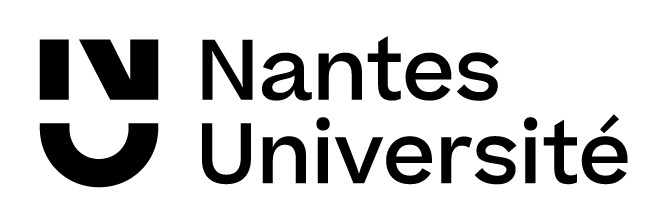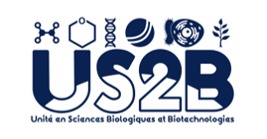*** ***
output from eigenvector calculation:
STDOUT:
Build Tirion matrix:
Pdbmat> Computes the Hessian matrix, using an Elastic Network Model.
Pdbmat> Version 3.50, Fevrier 2004.
Pdbmat> Options to be read in pdbmat.dat file.
Pdbmat> Coordinate filename = 2404140443594183972.atom
Pdbmat> Distance cutoff = 8.00
Force constant = 10.00
Origin of mass values = CONS
Pdbmat> Levelshift = 1.0E-09
PRINTing level = 2
Pdbmat> Coordinate file 2404140443594183972.atom to be opened.
Openam> File opened: 2404140443594183972.atom
Pdbmat> Coordinate file in PDB format.
Rdatompdb> Reading pdb file.
Rdatompdb> End of file reached.
Rdatompdb> Number of I/O errors: 0
Rdatompdb> Number of residues found = 186
First residue number = 97
Last residue number = 290
Number of atoms found = 1483
Mean number per residue = 8.0
Pdbmat> Coordinate statistics:
= 167.943380 +/- 9.238424 From: 141.653000 To: 188.936000
= -28.574038 +/- 8.861252 From: -49.812000 To: -4.386000
= -263.469270 +/- 9.762061 From: -285.450000 To: -240.120000
Pdbmat> Masses are all set to one.
Openam> File opened: pdbmat.xyzm
Pdbmat> Coordinates and masses considered are saved.
Openam> File opened: pdbmat.sdijf
Pdbmat> Matrix statistics:
Pdbmat> The matrix is 5.3946 % Filled.
Pdbmat> 534015 non-zero elements.
Pdbmat> 58353 atom-atom interactions.
Pdbmat> Number per atom= 78.70 +/- 24.76
Maximum number = 127
Minimum number = 13
Pdbmat> Matrix trace = 1.167060E+06
Pdbmat> Larger element = 499.374
Pdbmat> 0 elements larger than +/- 1.0E+10
Pdbmat> Normal end.
using diagstd (there are 1483 atoms in your structure)
ERROR: number of atoms is too large to use diagstd, that is, over 500
please choose another option for NRBL (not diagstd)
STDERR:
If you find results from this site helpful for your research, please cite one of our papers:
elNémo
is maintained by Yves-Henri Sanejouand.
It was developed
by Karsten Suhre.
Between 2003 and 2014, it was hosted by IGS (Marseille).
Last modification: April 25th, 2023.
|



